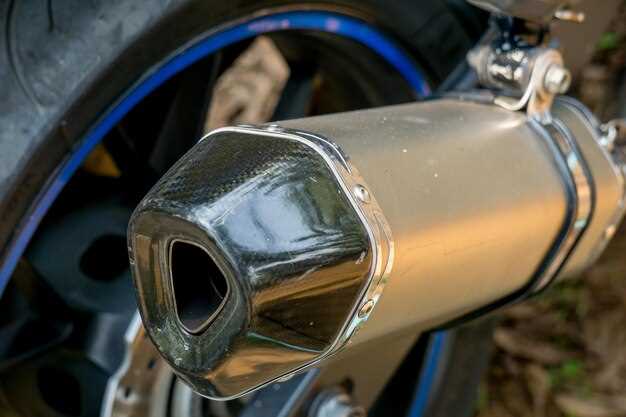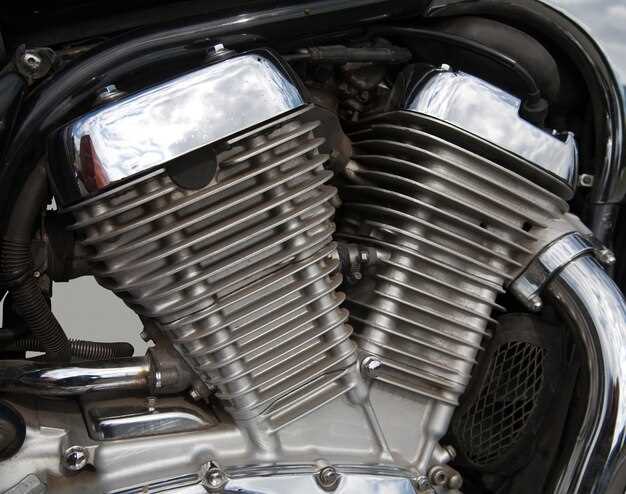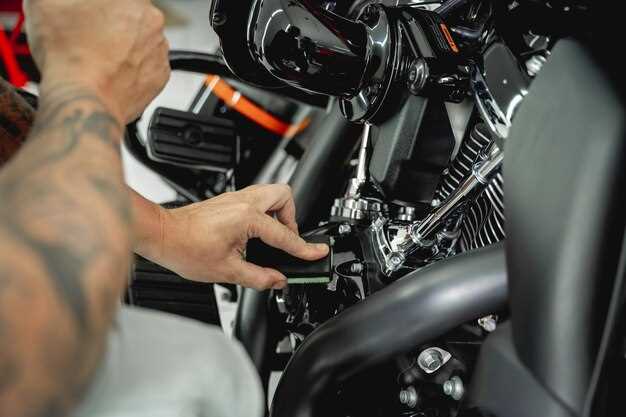
When it comes to maintaining your bike, one of the most crucial components to consider is the exhaust system. The exhaust system not only plays a vital role in the performance of your motorcycle but also significantly impacts its overall appearance. Over time, dirt, grime, and carbon deposits can accumulate in this system, leading to reduced efficiency and increased wear. Regular cleaning and maintenance can help ensure your exhaust system remains in top condition, allowing for optimal performance and a longer lifespan.
In this article, we will provide you with essential tips to effectively clean and maintain your motorcycle’s exhaust system. You will learn about the various cleaning products available, as well as step-by-step methods to tackle common issues. Proper care of your exhaust system will not only keep your bike running smoothly but will also enhance its aesthetic appeal, ensuring that it looks as good as it performs.
Understanding the components of your bike’s exhaust system is key to effective maintenance. From the headers to the muffler, each part serves a critical function in managing exhaust flow and emissions. By familiarizing yourself with these components, you can better appreciate the importance of regular upkeep and the impact it has on your motorcycle’s overall health.
Best Practices for Cleaning Motorcycle Exhaust Pipes

Keeping your motorcycle exhaust in good condition is essential for both performance and aesthetics. Regular care ensures your bike runs efficiently and reduces the risk of rust and corrosion. Here are some best practices for cleaning motorcycle exhaust pipes.
First, gather your materials. You will need a soft cloth, a durable brush with soft bristles, exhaust cleaner specifically designed for motorcycles, and water. Avoid abrasive materials that can scratch the exhaust surface.
Start by allowing the exhaust system to cool completely before cleaning. Hot pipes can cause burns or lead to damage when using cleaning products. Once cool, remove any loose dirt and debris using a dry cloth. This step helps to prevent scratching during deeper cleaning.
Next, apply the motorcycle exhaust cleaner according to the manufacturer’s instructions. Spray it generously on the pipes, focusing on areas with built-up grime or discoloration. Let the cleaner sit for the recommended time, allowing it to break down stubborn deposits.
After letting the cleaner sit, take your soft-bristled brush to scrub the exhaust pipes gently. Use circular motions to avoid damaging the surface. Pay special attention to welds and joints where dirt tends to accumulate. Rinse with clean water to remove any residue from the cleaner.
For additional protection, consider using a high-temperature wax or polish specifically designed for exhaust surfaces. Apply it after the pipes are completely dry to enhance shine and add a layer of protection against future grime.
Finally, regularly inspect your exhaust for signs of wear, rust, or damage. Addressing these issues promptly can prolong the life of your exhaust system and maintain your bike’s performance. Following these best practices not only keeps your motorcycle looking great but also ensures optimal function.
How to Inspect and Identify Exhaust System Issues
Regular inspection of your motorcycle’s exhaust system is crucial for maintaining its performance and longevity. Start by visually examining the entire exhaust system, including pipes, muffler, and connections for any signs of damage such as cracks, rust, or corrosion. Pay close attention to welds and joints, as these areas are prone to wear and leaks.
Next, check for any unusual sounds while the bike is running. A loud or inconsistent noise can indicate a leak or a damaged component within the exhaust. Additionally, inspect for excessive vibrations, which may signify loose mounts or connections that need tightening.
Observe the exhaust gases exiting the system. If you notice black smoke, this may indicate that the air-fuel mixture is too rich. Conversely, bluish smoke could suggest oil consumption, pointing to engine issues that need to be addressed. Clear, colorless exhaust indicates a well-functioning system.
Feel around the exhaust pipes while the bike is running to detect any hot spots that may signal a blockage. Changes in temperature can indicate restricted airflow, potentially impacting performance. If you identify areas that are excessively cooler or hotter than the rest of the system, further investigation or servicing is required.
Lastly, perform a thorough smell test. A strong, unusual odor from the exhaust can indicate incomplete combustion or other issues that could necessitate inspection by a professional. By following these steps, you can effectively identify potential exhaust system issues and take the necessary actions to maintain your bike’s health.
Tips for Protecting Your Exhaust System from Corrosion

Taking care of your bike’s exhaust system is essential for its longevity and performance. Corrosion can significantly affect the efficiency and aesthetics of your system, so implementing preventive measures is crucial.
One of the best ways to protect your exhaust system is by regularly cleaning it. Use mild soaps and water to remove dirt and grime that can trap moisture. After washing, make sure to thoroughly dry the system to prevent water spots and corrosion.
Applying a protective coating can also be beneficial. Products specifically designed for exhaust systems can shield against rust and corrosion. These coatings create a barrier between the metal and environmental elements, extending the life of the system.
Storage plays a significant role in preventing corrosion. Whenever possible, park your bike in a dry, sheltered area. If you must leave it outside, consider using a breathable cover that allows moisture to escape while protecting it from rain and snow.
Regularly inspect your exhaust system for any signs of damage, such as rust or paint deterioration. Addressing these issues early by cleaning or applying protective treatments can help maintain the integrity of your system.
Finally, consider upgrading to high-quality materials. Stainless steel and ceramic-coated exhaust systems are more resistant to corrosion compared to standard options. Investing in a durable system can save you from frequent repairs and replacements.




